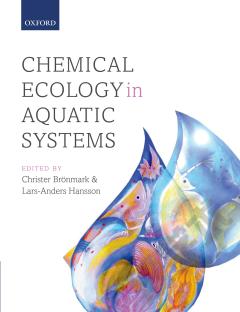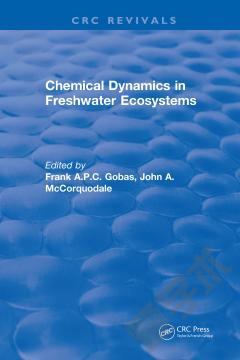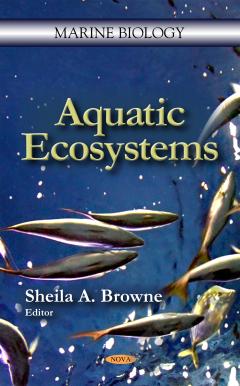Chemical Ecology in Aquatic Systems
In recent years it has become increasingly clear that chemical interactions play a fundamental role in aquatic habitats and have far-reaching evolutionary and ecological consequences. A plethora of studies have shown that aquatic organisms from most taxa and functional groups respond to minute concentrations of chemical substances released by other organisms. However, our knowledge of this âchemical networkâ is still relatively undeveloped. Chemical interactions can be divided into two larger sub-areas based on the function of the chemical substance. Firstly there are those interactions where chemical substances are toxic to other organisms and are used as a defence against consumers (including both herbivores and predators), a weapon against competitors (allelopathy), or as a means of reducing overgrowth (anti-fouling). Secondly, chemical substances may be used in communication among aquatic organisms. This is particularly advantageous in aquatic environments where the use of visual signals may be reduced due to poor optical conditions, whereas chemical cues can be carried over considerable distances. Chemical Ecology of Aquatic Systems covers a wide range of studies, both plant and animal, from different geographic regions and habitats - pelagic as well as benthic. Most of the chemical interactions are similar in freshwater and marine habitats and this book therefore strives at integrating work on marine and freshwater systems.. This accessible, research level text is aimed at graduate students and professional researchers in the fields of limnology, marine ecology, evolutionary biology, behavioural ecology, and chemical ecology. (Less)
{{comment.content}}








 京公网安备 11010802027623号
京公网安备 11010802027623号